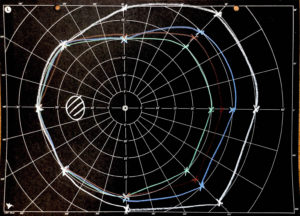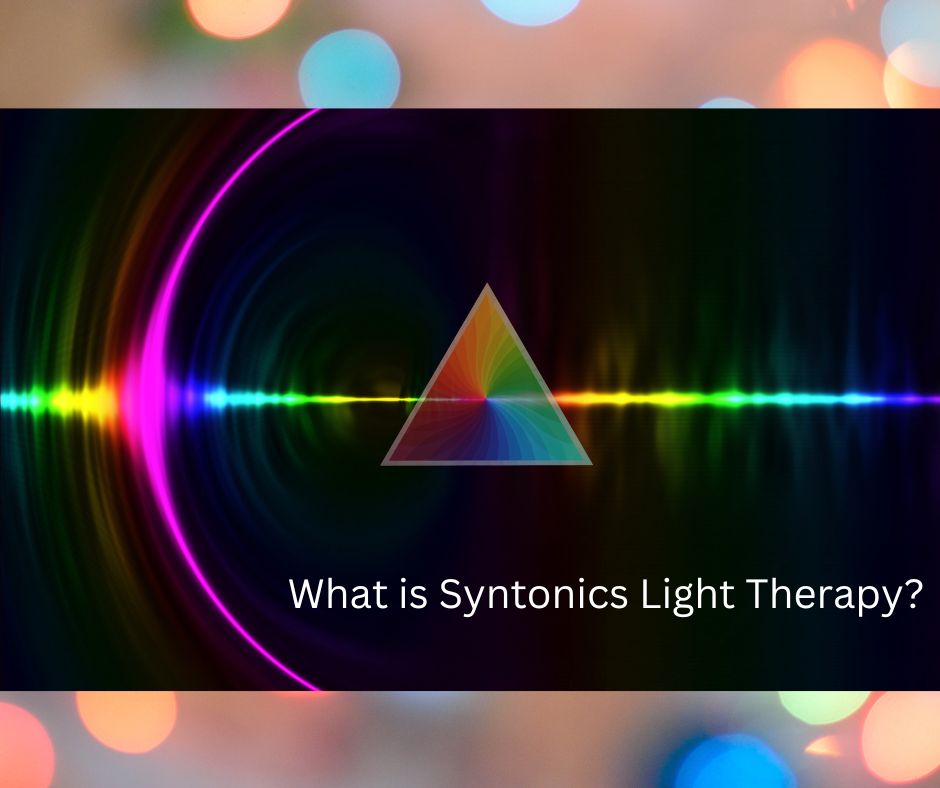Syntonics light therapy involves applying a combination of specific frequencies of light to restore balance to an individual’s nervous system. Certain wavelengths can either stimulate or calm the sympathetic (fight / flight) or parasympathetic (rest) nervous system.
When light stimulates the retina (the layer of neural tissue at the back of the eye), some information travels to the visual cortex for vision processing. Other light reaches our midbrain (our pineal gland and hypothalamus) which are centers for regulating sleep, metabolism, alertness, cognition, mood, and pain modulation.
What is the history of Syntonics Light Therapy?
The concept of syntonics light therapy been around since the 1920’s from H Spitler, OD, MD who was studying rabbits that were raised in different light environments. His published thesis in 1941 concluded that shinning specific frequencies of the light into the eyes could modulate visual, autonomic nervous and endocrine function through the retina-midbrain tracts and correct deficits at their source.
Today research has shown various therapeutic applications of light range from reducing headaches with green light, improve skin healing and regeneration, to slowing down neurodegenerative diseases like Alzheimer’s. Recent fMRI studies functional connectivity of brain to monochromatic waveleng have confirmed that selective areas of the brain light up in response to specific wavelengths or colors of light.
How do we evaluate appropriate colors for Syntonics Light Therapy

With each presenting case, we collect a detailed case history and multiple clinical measurement that may include pupil response, functional color kinetic fields, visual posture, and visual focus and eye teaming flexibility. Muscle testing and heart rate variability are also other tools Dr. Ho uses to evaluate how the body and/or nervous system responds to certain wavelengths of light. The prescribed color combination may change over time as the nervous system stabilizes and clinical findings change.
What type of patients benefit from Syntonics Light Therapy
Syntonics light therapy has been successfully used in managing visual sensory dysfunctions such as strabismus (eye turns), amblyopia (lazy eye), eye focusing (accommodation), and eye teaming (vergence) disorders. Brain injury patients can also benefit from syntonics restoring visual perceptual field constrictions. Field constrictions and physiologic blind spot enlargement adaptations are often adopted as the brain tries to limit the amount of visual information and reduce sensory overload. While this can be a good short-term strategy for an injured brain for example, persistent long term sensory mal-adaptations can be disruptive and frustrating on daily life functions. Syntonics light therapy is just one of many unique tool in the toolbox of vision rehabilitation that our clinic offers.

